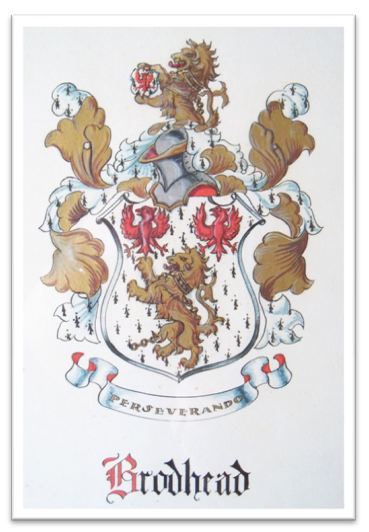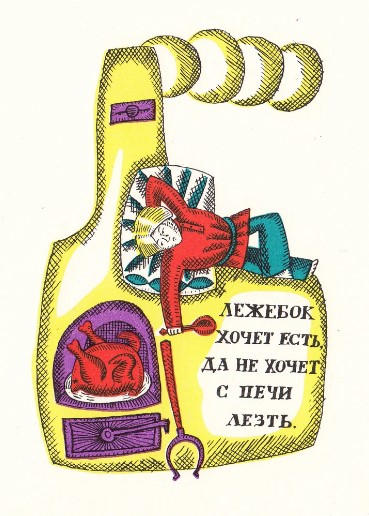Pennsylvania
Protected: Brodhead: Newspaper articles from 1970s/1980s; article on historian John Romeyn Brodhead (1814-1873)
Categories: Brodhead, Famous Historical Figures, New York, Pennsylvania
Enter your password to view comments.
Protected: Brodhead: A miniature General Daniel Brodhead
Categories: Brodhead, East Stroudsburg, Famous Historical Figures, Pennsylvania, Revolutionary War
Enter your password to view comments.
Protected: Brodhead: A. D. Brodhead September 14, 1878, letter reveals excitement over pending nuptials
Categories: Brodhead, Elmira, Martin, Mauch Chunk (Jim Thorpe), New Jersey, Packer, Pennsylvania, Perth Amboy
Enter your password to view comments.
Protected: Brodhead: East Stroudsburg log cabin
Categories: Brodhead, East Stroudsburg, Pennsylvania
Enter your password to view comments.
Protected: Brodhead/Decker/Schoonhoven: Christmas gift idea
Categories: Brodhead, Decker, Miscellaneous, Pennsylvania, Schoonhoven
Enter your password to view comments.
Protected: Brodheads, Lindermans, Van Gordons, and many others on “the River Road”
Categories: Brodhead, Bushkill, Linderman, Pennsylvania
Enter your password to view comments.
Protected: Brodhead: Wheat Plains, 1898
Categories: Brodhead, Bushkill, Lehman Township, Loveland, Pennsylvania
Enter your password to view comments.
Protected: Miscellaneous: The Van Campen Inn; Tocks Island book; Old Mine Road book
Categories: Brodhead, Tocks Island, Van Campen
Enter your password to view comments.
Protected: Brodhead: Richard H. Brodhead family during the Butler, PA, typhoid epidemic, 1903/4
Categories: Brodhead, Butler, Pennsylvania, Smock, Typhoid
Enter your password to view comments.
Protected: Brodhead: Descendants of Daniel Brodhead Jr. (1756-1831) & Christian Abel
Categories: Arlington in Drexel Hill PA, Brodhead, Laurel Hill Cemetery Phila PA, Monument Cemetery Phila PA, Mount Moriah, Mt Vernon Philadelphia, Pennsylvania, Philadelphia
Enter your password to view comments.
Protected: Brodhead: Vintage postcards of Brodhead Creek
Categories: Brodhead Creek, East Stroudsburg
Enter your password to view comments.
Protected: Brodhead: In case you missed it
Categories: Brodhead, Monroe Co., Montana, Pennsylvania
Enter your password to view comments.
Protected: Part 2 of Brodhead: Portrait of Rebecca Edgehill Mifflin Brodhead (1736-1788)—2nd wife of Brig. Gen. Daniel Brodhead
Categories: Brodhead, Famous Historical Figures, Peale Charles Willson, Pennsylvania
Enter your password to view comments.
Protected: Brodhead: In case you missed it
Categories: Brodhead, Fishing, Monroe Co., Pennsylvania
Enter your password to view comments.
Protected: Brodhead: Some ebay finds
Categories: Brodhead, Kentucky, Pennsylvania, Philadelphia
Enter your password to view comments.










